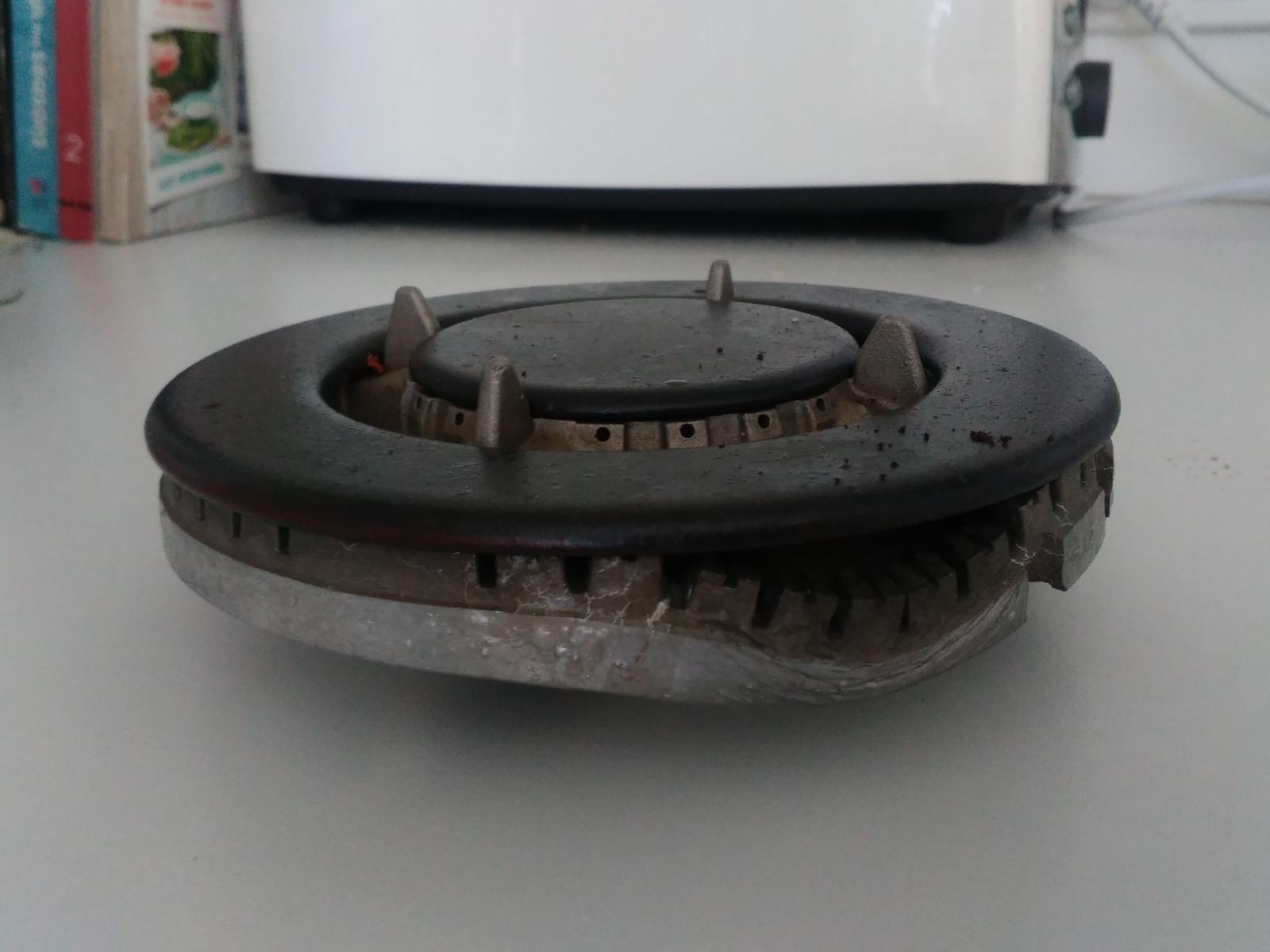saxman1036
Well-Known Member
We just upgraded our kitchen stovetop to include a 20000 btu burner - pretty awesome!
Downside: the first batch I brewed caused the brushed stainless steel to stain purple/blue because of using such high heat for an extended time (definitely not from boil-over), making the otherwise very supportive wife... well... less than supportive. It is an absolute pain to remove, and I would much rather prevent it. Brewing outside is something I hope to do more of, but brewing inside is something that I'd like to continue having as an option.
Anyone have any ideas on how to prevent this staining/discoloration from excessive high heat on stainless steel stovetops? I've thought of just lining the stovetop with aluminum foil, but I would think that would only save me in the case of boilovers.
Any help is appreciated!!
Downside: the first batch I brewed caused the brushed stainless steel to stain purple/blue because of using such high heat for an extended time (definitely not from boil-over), making the otherwise very supportive wife... well... less than supportive. It is an absolute pain to remove, and I would much rather prevent it. Brewing outside is something I hope to do more of, but brewing inside is something that I'd like to continue having as an option.
Anyone have any ideas on how to prevent this staining/discoloration from excessive high heat on stainless steel stovetops? I've thought of just lining the stovetop with aluminum foil, but I would think that would only save me in the case of boilovers.
Any help is appreciated!!



